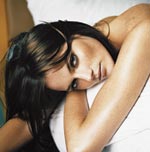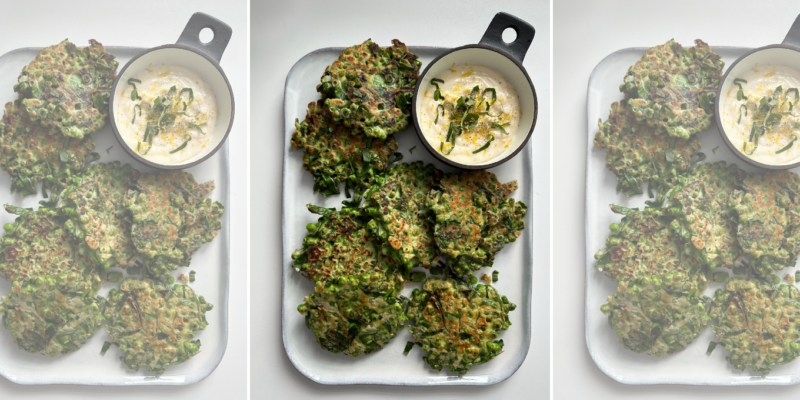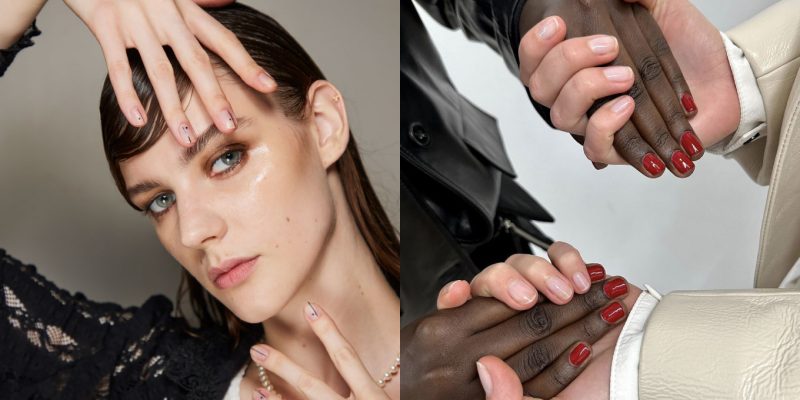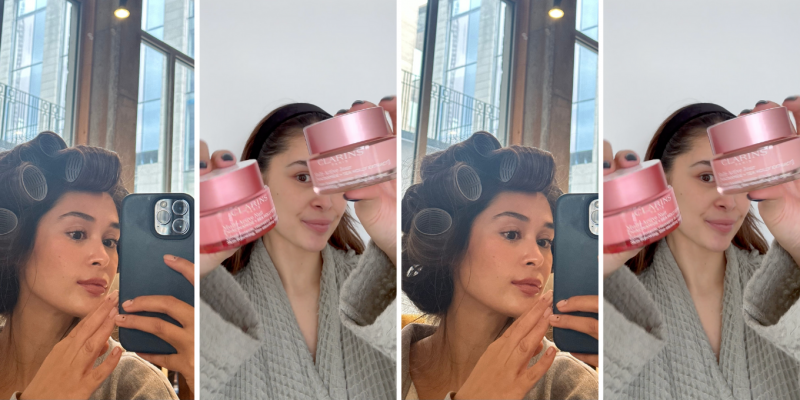Beauty
Fight aging without surgery
Forget Botox or microdermabrasion. B. Kamins creator, Ben Kaminsky, shares his simple secrets on how women can look years younger without a trip to the surgeon's office.
by : Kat Tancock- Jan 9th, 2007

In his recent book, Beyond Botox: 7 Strategies for Sexy, Ageless Skin Without Needles or Surgery, Ben Kaminsky draws upon his experience as a research chemist developing skin-care products — such as his own line, B.Kamins — to show women how to take care of their skin and fight the signs of aging. His 7-step program details how to keep your skin looking young from both the inside and outside, including tips on diet (hint: eat veggies, and lots of them), exercise (moderation is key), stress management and choosing the right products for your skin type. We spoke with Kaminsky about his inspiration, his tips on skin-care and his favourite product ingredients.
Elle Canada: You say you’re inspired to help women have better skin. Where does that come from? What’s your inspiration?
Ben Kaminsky: I did it to save my marriage. A number of years ago my wife came to me and complained bitterly that here I was doing all this work for other people and she too had conditions (aging skin). And when she came to me — it was a number of years ago — we began to look at the clinical work, the clinical literature. I’m a research chemist, so we tackled things more from a scientific or a medical viewpoint. She was past perimenopause and there are special changes that were occurring on her skin. When we began to look into what we could do, we found that we could treat the symptoms of what we call environmental or extrinsic aging, and that we could do it appropriately and well.
EC: In your book you talk about your seven-step program — tell me about it.
BK: Essentially they’re strategies for skin aging. There’s two kinds of skin aging that we’ve worked on. We’ve worked on chronological or hereditary aging, which covers roughly 20 percent of total skin aging. So you can zap a wrinkle or another two or three if you’ve got money to pay for it, but it doesn’t solve your problem. It’s interesting, as an aside, roughly only 2 or 3 percent of women have really opted to go that way. The majority of North American women, and you’re talking about 125 million women, haven’t gone that way and they’re looking for different steps.
We know today more about the biology and the structure of skin than ever before and as a result you can make multi-functional preparations which are very appropriate for what we call environmental or extrinsic aging. It starts in your late 20s when you begin to see changes in your skin. So your skin dries more, it becomes rougher, you get uneven skin tone, and your pores get a larger. These symptoms represent most of the aging — about 80 percent of total aging. Consciously or unconsciously we do judge each other by our complexions. Women in North America now live to anywhere from 81 to 84 years. That means that roughly 30 to 35 years after menopause you’ve got a whole period in there where you still can look good, and need to look good. Our book deals with this and helps you achieve that aim without needles.EC: Of your seven steps, which do you think is the most important and why?
BK: Super saturate and radiate. Both of these sections explain what happens to your skin, and also give you a heads-up as to which ingredients to look for. The book follows strategies which will allow your skin to be good for a long period of time.
EC: You say moisturizing and avoiding the sun are most important?
BK: Moisturizing is extremely important. Sun avoidance is extremely important.
EC: What about winter skin? This is one thing Canadian women have to deal with, not just the cold air outside but the dry indoor air for heating. What do you recommend for that?
BK: If you don’t have a good relative humidity in the air you can use a room humidifier. You can use preparations that are more appropriate during the winter — Urea is a material which is what we call a natural moisturizing material. You can make preparations with urea, with lactic acid and sodium hyaluronate, which is also something that as you get older your skin doesn’t make. These are beautiful preparations. We also use something we developed in our labs called Bio-Maple — it’s a maple isolate — it draws water from the air into your skin.
EC: So if I’m going to the drugstore and it’s winter, and my skin’s getting dry because of that, what ingredients should I look for? Urea is one?
BK: Look for urea, look for lactic acid, look for petrolatum. Look for preparations which contain ceramides, preparations which contain cholesterol, and preparations which contain long-chain fatty acids, which resemble our natural skin oil.
EC: One of the things that I found really interesting in your book was how you recommend moderate exercise rather than “going for the burn,” as you call it. Can you speak more on that?
BK: We know from studies that the cardiovascular work that you do and your strength-building exercises are beneficial as far as general health is concerned. The problem, of course, is the intenseness on an ongoing basis where you perspire a lot. And usually your perspiration is there to cool your body down, and there are some dissolved salts in this perspiration. What happens is clients complain of irritation because of salts, so there’s a question of when you do perspire, afterwards to get that off your body as quickly as possible, that would be the first point. The second point is that there’s a question of whether the intenseness of the exercise itself is all that appropriate for all ages. Certainly if you’re young and you’re capable of doing this then it’s a lot easier on your organ system. If you’re older than you really have to get advice to make sure that you’re not overdoing it. A lot of exercise usually becomes intensive with weight loss or weight gain and that has a dramatic effect on your skin. If you’re overweight and you lose the weight and you don’t do it in an appropriate way you can end up with extra tissue, which is not the most attractive feature you can show to the world.
EC: And for women who do exercise regularly, what do you recommend for minimizing the negative effect of sweat on the skin before and after exercising?
BK: The most important thing is to be aware that it’s there and to get it off your skin as quickly as possible. You’re still taking stuff off your skin which probably your skin needs, so you should really try while your skin is still wet to use the appropriate kind of moisturizing material on your skin to help replace some of the stuff or provide a type of barrier function.
Newsletter
Join our mailing list for the latest and biggest in fashion trends, beauty, culture and celebrity.
Read Next

VIP
Media Mogul Victoria Unikel Launches Debut Sci-Fi Novel and Art Collection
Victoria Unikel used channelling to write a children’s sci-fi adventure novel and launch a scandalous-art collection. It’s her life in glamour, art and different galaxies, all at once.
by : Contributor Content- May 8th, 2024

Culture
These Pea, Mint and Spinach Fritters Are the Ultimate Spring Snack
Served with a little creamy yogourt sauce on the side, these fritters are an ideal meal, appetizer or shareable snack.
by : Margaux Verdier- May 7th, 2024

Fashion
8 Sparkling Jewellery Gifts to Give This Mother’s Day
Show your gratitude with pieces they’ll have forever and ever.
by : ELLE Canada- Apr 29th, 2024




